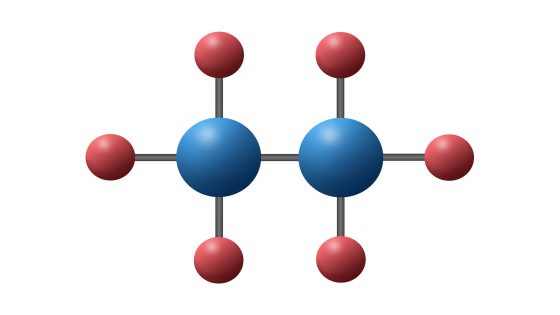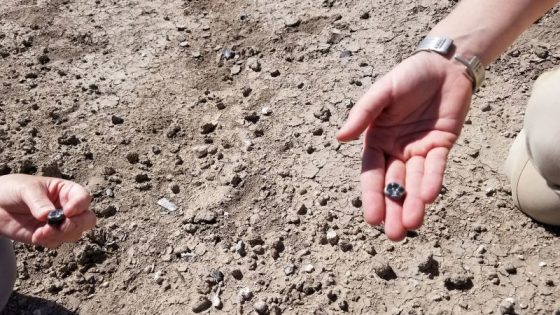Recent breakthroughs in chemistry have challenged long-held beliefs, particularly regarding Bredt’s rule. For nearly a century, chemists accepted this guideline as unbreakable, but a team from UCLA has shown that the impossible can indeed become possible. On 2025-08-25 03:16:00, their findings could reshape how we approach molecular design.
- Bredt's rule was long considered unbreakable.
- UCLA team created "impossible" molecules successfully.
- Anti-Bredt olefins could lead to new medicines.
- Science progresses through discovering exceptions.
- Teaching should include rules and exceptions.
- Mindset shift allows exploration of possibilities.
The UCLA team successfully synthesized molecules previously deemed impossible, known as anti-Bredt olefins. This groundbreaking work not only defies traditional chemistry but also opens doors to new medicinal compounds, highlighting the importance of questioning established norms.
This discovery raises an important question: how often do we accept limitations without exploring alternatives? The UCLA team’s work illustrates that innovation often lies just beyond the boundaries of conventional wisdom. Consider these points:
- Anti-Bredt olefins could lead to novel drug designs.
- Challenging established rules fosters creativity in scientific research.
- Understanding molecular structures is crucial for pharmaceutical advancements.
As we move forward, it’s vital to embrace curiosity and experimentation in science. Who knows what other “impossibilities” await discovery when we dare to challenge the status quo?
































